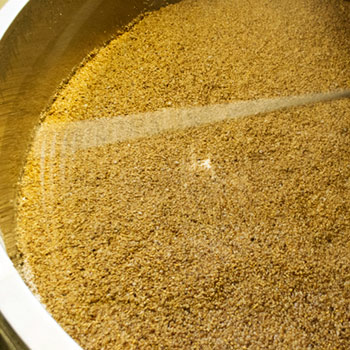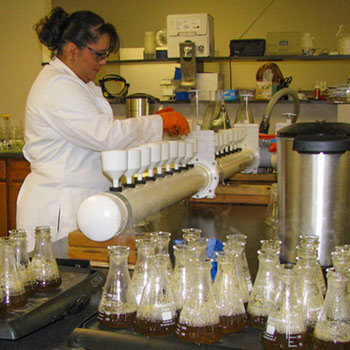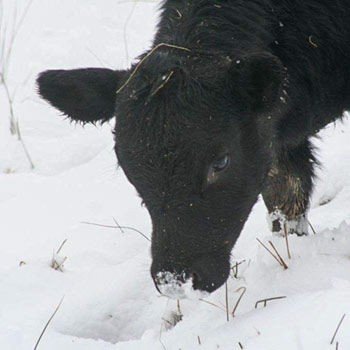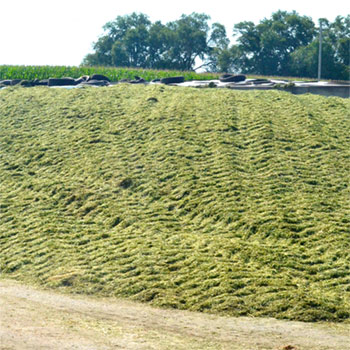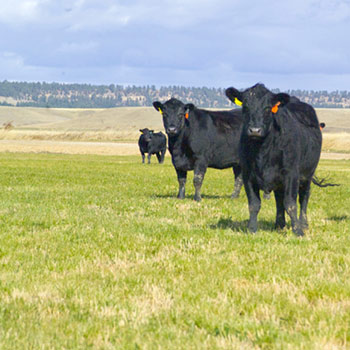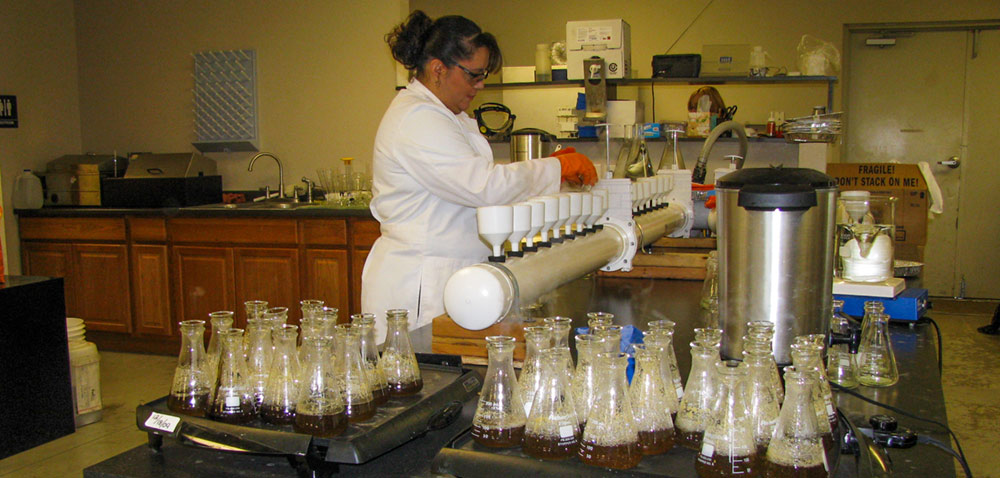
Importance of Nutrient Analysis When Purchasing Hay
Avoid unnecessary supplementation with an inexpensive feed test.

The only way to determine levels of various nutrients in hay is to have it tested. Mary Drewnoski, beef systems specialist at the University of Nebraska–Lincoln, says one of the biggest benefits of feed testing is to determine protein levels — especially this year, since hay in many regions got overly mature before harvest.
“It’s not very expensive to get a hay test, and it can be extremely valuable. Otherwise you may be supplementing when you don’t need to, or not supplementing when you should,” she says.
The person selling the hay may have tested it, and if not, you could request a test and offer to pay for it. If you take the samples, you can borrow a core sampler from your extension agent.
The other thing that’s important to understand is that there are several kinds of tests, she explains. Many labs use near-infrared reflectance (NIR) tests because it’s cheaper. These are appropriate when testing common feedstuffs like alfalfa, bromegrass, meadow hay or native hay, but may not be as accurate when testing annual forages.
“Just talk to the lab you are sending samples to, and they will give you the best advice on what to ask for because they know the equations they are using, and they are a great resource if you have questions,” she says.
Some regions are short on certain minerals, and you could ask to have some of those levels checked as well.
“In the 1990s a nationwide survey of forage samples showed that most of them were deficient in copper (Cu) and zinc (Zn). Selenium (Se) can be more variable because certain areas are deficient and some have too much,” she adds.
Some regions have molybdenum (Mo), an element that ties up copper and makes it unavailable to the body. Even if there is sufficient copper, it may be important to check molybdenum levels, as well. In general, trace minerals in feeds grown in the same fields won’t change as much from year to year as do protein and energy levels.
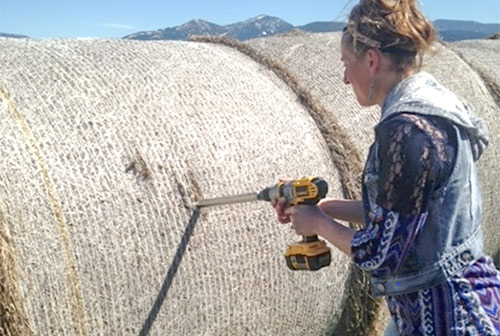 |
The person selling the hay may have tested it, and if not, you could request a test and offer to pay for it. If you take the samples, you can borrow a core sampler from your extension agent. [Photos by Emily Glunk] |
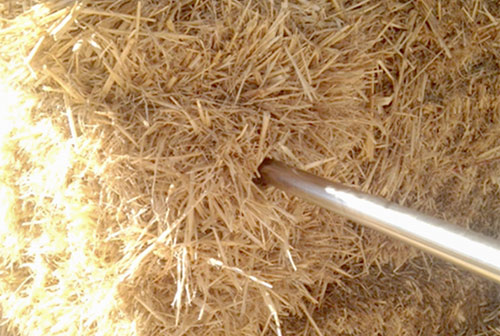 |
Phosphorus (P) and calcium (Ca) can change a bit, however, since those are related to the maturity of plants. For instance, you will see lower phosphorus levels in a lower-quality forage, says Drewnoski.
If you are uncertain about how to go about testing forages or how to interpret the tests, you can get help from various sources.
“Here in Nebraska we have 13 extension educators across the state who can help, and several specialists like myself who are happy to answer questions if people call us,” she says.
It is hard to create a good ration for beef cattle without a forage analysis because nutrient values can vary so much, even within the same type of plants. Bromegrass hay could be 6% protein or it could be as high as 12% depending on stage of maturity, weather conditions while growing and during harvest. You can save a lot of money just by spending a little for the testing.
Most years it is important to know the nitrate levels in certain forages.
“I think this year nitrates are less of a problem in many areas because of how wet it was; nitrate problems generally occur in drought situations in combination with high soil levels (such as a lot of nitrogen fertilizer, and then not enough growth of plants to process and use it). This year was wet, so we had more growth, and also more leaching of nitrogen (N) out of the soil profile, so I doubt we’ll see as many nitrate problems in forages. We may, however, see a lot of energy and protein deficiencies, because the plants were more mature before a dry weather window was available to harvest the hay,” she explains.
Editor’s note: Heather Smith Thomas is a cattlewoman and freelance writer from Salmon, Idaho. Lead photo by Lynn Van Wieringen.

